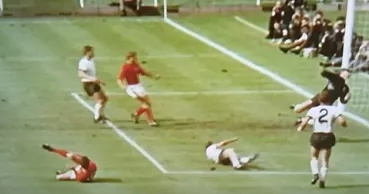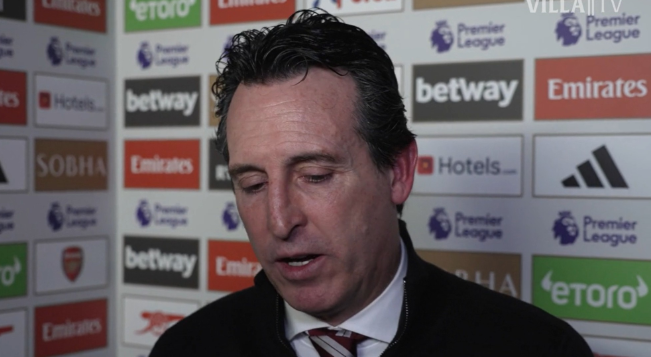
What was controversial in 1966?Thirty-one African countries boycotted the tournament in protest against a 1964 FIFA ruling that required the three second-round winners from the African region to enter a playoff against the winners from the Asian region in order to qualify for the World Cup, as they believed that winning their region was sufficient in itself to qualify.
The CAF felt that African countries were unfairly represented at the World Cup, so they demanded that FIFA guarantee at least one African country a place in the finals of the next World Cup. They also protested against South Africa's rejoining FIFA in 1963, despite the fact that South Africa had been expelled from the Confederation of Africa (CAF) in 1958 because of apartheid. As a result of this boycott, FIFA imposed a fine of 5,000 francs. YidnekatchewTessema, then president of CAF, responded to the penalty, saying, "FIFA has taken a ruthless approach to African associations, with decisions that resemble methods of intimidation and repression designed to discourage any further impulses of a similar nature. In our opinion, the African National Association ...... really deserves respect and not a fine."
In October 1964, due to pressure from other African countries, South Africa was subsequently assigned to the Asian and Oceania qualifying group before being disqualified after being banned again. Nonetheless, after FIFA refused to change the qualifying format, African teams made the decision to withdraw from the World Cup until at least one African team had secured a place at the World Cup, which was set for the 1970 FIFA World Cup and all subsequent World Cup finals. Colonial Angola and Mozambique participated in Portugal.
The 1966 World Cup had a rather unusual hero, a dog named Pickles. In the build-up to the championships, the JulesRimet trophy was stolen from an exhibition display. A nationwide search for the icon ensued. It was later found wrapped in newspaper as the dog sniffed under some bushes in London. The Football Association commissioned a replica cup in case the original was not found in time. The replica, along with the pickle's collar, is on display at the National Football Museum in Manchester.
The mascot for the 1966 tournament was "World Cup Willie", a lion wearing a British flag jersey with the words "World Cup". This was the first World Cup mascot and one of the first mascots associated with a major sporting event, Willie was designed by freelance children's book illustrator Reg Hoye. The official match ball was created by Slazenger for the tournament.
For decades, West Germany encouraged and concealed a culture of doping in many sports. The report, entitled "Doping from 1950 to the present", links the West German national team, which reached the World Cup final in 1966, to doping.






























